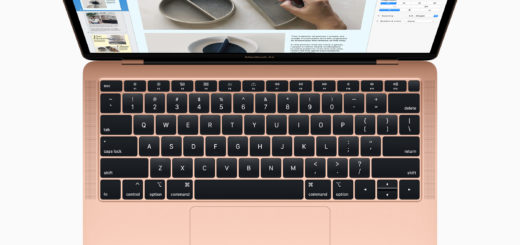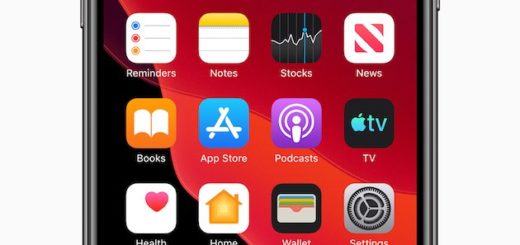Apple is playing a hard game to protect its silicon chips
![]()
Just in case you hadn’t yet understood the extent to which Apple’s future is built around ownership of the processors used in its devices consider this:
Not only is the company preparing to stump up some of its billions to take a stake in reference chip designer, ARM, once it holds its IPO, but it has also purchased TSMC’s entire run of 3nm chip production for the next year.
Arm, Apple, TSMC
We anticipated Apple would take some of the Arm shares once they are made available in September. The market cap is expected to reach around $60 billion, making this the biggest IPO this year.
Apple won’t be the only firm making a play. Samsung, Nvidia, and Intel are expected to take a slice themselves. The idea is that each of these major tech names will own some of the shares in an attempt to even out the power balance.
The genesis of Arm is of course interesting.
The company was originally created in 1990 within an alliance between Apple, Acorn, and VLSI Technology. Apple then VP Larry Tesler was the first CEO of the joint venture, which had aimed to create chips for Apple’s them mobile device, the Newton. The march of history means the company is even more valuable today with its designs used across the computer industry.
The long Arm in Apple Silicon
Apple, of course, uses Arm reference designs within its range of Apple Silicon chips.
These are now found inside Macs, iPhones, iPads, Apple Watch and soon the Vision Pro. The chips Apple is using are far ahead of most in the industry which has prompted many processor designers and hardware makers to begin working with Arm. This is a key competitive inflection point for Apple and use of those chips is generating seismic shifts in PC sales, giving the Mac a renaissance of use.
Grab the production
The next big step in Apple’s processor-led bid for industry dominance will be the move to 3nm process design. This is going to give it high-performance systems with low energy demands, maintaining the energy frugal reputation of the M and A series chips. These processors are critical to Apple’s ‘whole widget’ approach, and the decision to develop its own designs has absolutely transformed things for the company.
The move to 3nm chips in mass market products also gives Apple a huge lead above its rivals across smartphone and computing industries. No one else has this.
Here comes the TSMC advantage
TSMC is at last about to begin manufacturing 3nm (FinFlex) chips in quantity. So, in order to protect its advantage, Apple has purchased a full year’s supply of these processors, which means no one else will be able to get to 3nm in mass market products for the next 12 months. Or rather, they can, but they’ll need to find someone to make them first.
The Information notes that Apple intends to move fast. to deliver 3nm chips in Macs, iPhones, and other Apple products. This suggests two things – Apple wants to seal its market advantage and, also, it may accelerate the introduction of systems running these new processors.
In the latter contact recent claims of new 3nm Mac mini models just months since the move to M2 may make more sense. This is going to get interesting I think, with Apple certainly already working to build M4 chips for the subsequent year.
Please follow me on Mastodon, or join me in the AppleHolic’s bar & grill and Apple Discussions groups on MeWe.




